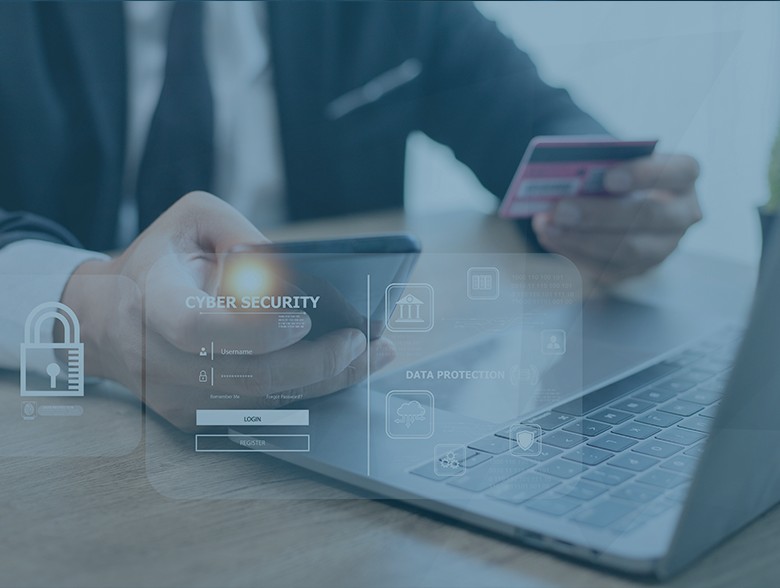By Zac Amos, Features Editor, ReHack
Secure online payments have become an integral part of the shopping experience. More people are using e-commerce than ever before, and business owners must ensure transactions are secure. There are many ways to make them safer without compromising the customer experience. Here are eight online payment security methods every company should implement.
- Educate Staff About Online Payment Security
Many data breaches happen by mistake. One study found that negligent contractors or employees caused 63% of cybersecurity incidents in a year. That’s why business owners must teach workers about strong online payment security practices.
Employees should refrain from sharing customer payment info with unauthorized people. They should also avoid clicking unfamiliar email links and leaving work computers unattended.
- Don’t Store Payment Data
Holding onto customer data may be convenient for future transactions, but businesses that do this have more to lose during a security breach. Some of the riskiest information to store includes users’ payment information. One of the safest online payment security methods is to discard this information after a transaction.
However, sometimes a business needs to store sensitive user data. In that case, the best action is to keep it on an external server, like in the cloud. Cloud-based billing systems can protect customer information if hackers breach a company’s website.
Plus, using a third-party transaction partner removes some of the burden of responsibility from a business. That company will be responsible for safeguarding the data and paying any fines if it mishandles it.
- Accept Only Secure Online Payments
Business owners can improve their online security by taking only secure forms of payment. The safest ones include:
- Credit cards: The money comes from a credit card company, and payment compliance standards regulate their use.
- Debit cards: Like credit cards, debit cards are subject to strict payment compliance standards.
- Electronic checks: The processing Automated Clearing House system verifies each transaction, and account numbers are confidential.
- Digital wallets: They are encrypted and require user authorization for each payment.
Business owners looking to boost their online safety profile should avoid accepting cryptocurrency. In 2021, Americans lost an estimated $680 million in crypto investment scams, and there is no way to communicate with customer support to resolve payment issues.
Phone transactions — in which a customer completes a payment over the phone, usually by talking to a representative — are also less secure. Hackers can intercept these calls. Additionally, confirming that someone is actually paying the intended merchant and not a scammer can be hard.
- Turn on Multifactor Authentication (MFA)
MFA adds an extra layer of security to a website. It requires users to enter a temporary pin and their password to log in or make a payment. The code typically comes through in a text message or email.
Even if hackers steal a user’s login credentials, they still have to access their phone or email account to get the one-time login code, which is much harder.
- Verify Transactions
Another vital online payment security method is to verify all transactions. Since a customer’s credit or debit card is not physically present, business owners must use other ways to confirm the payment, such as:
- Requiring shoppers to enter their card’s CVV number or security code
- Allowing personal verification — such as a driver’s license — for large purchases
- Using security software to flag unusual transactions, such as very large orders or several purchases in rapid succession
- Looking for an address verification match
- Stay Updated
One of the best online payment security methods is to keep software current. Software updates often include patches or bug fixes that address loopholes. Most e-commerce sites and antivirus software update automatically, but it’s still wise for business owners to check for updates periodically. Up-to-date networks are much harder for threat actors to access.
- Use a Secure Sockets Layer (SSL) Certificate
The padlock symbol beside a site’s URL signifies it’s encrypted with an SSL certificate. It makes website visitors feel safer and secures the data between browsers and servers so hackers cannot intercept it, letting customers make online payments without worrying about prying eyes. Virtually all reputable sites use an SSL certificate for added security.
- Purchase Cyber Insurance
Businesses can fall prey to hackers or unintentional data breaches even with strong safeguards in place. Cyber insurance helps close the gap by covering various costs associated with a security incident, including notifying customers, recovering lost income, retrieving stolen data and repairing damaged computer networks.
Using Online Payment Security Methods
Secure online payments are more important than ever as e-commerce becomes commonplace. It might feel daunting, but several methods can protect clients’ information. Employee training, multifactor authentication, software updates and SSL certificates are just a few ways companies can keep customers safe while providing a great user experience.
About the Author
 Zac Amos is the Features Editor at ReHack, where he covers cybersecurity and the tech industry. For more of his content, follow him on Twitter or LinkedIn.
Zac Amos is the Features Editor at ReHack, where he covers cybersecurity and the tech industry. For more of his content, follow him on Twitter or LinkedIn.


